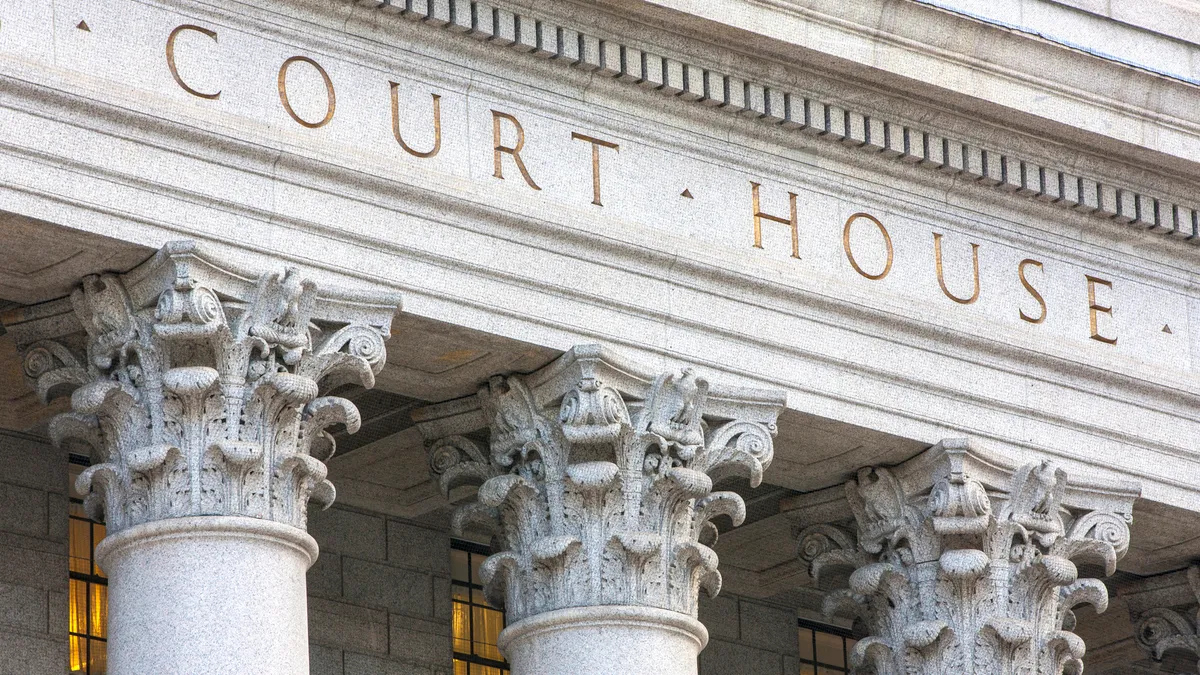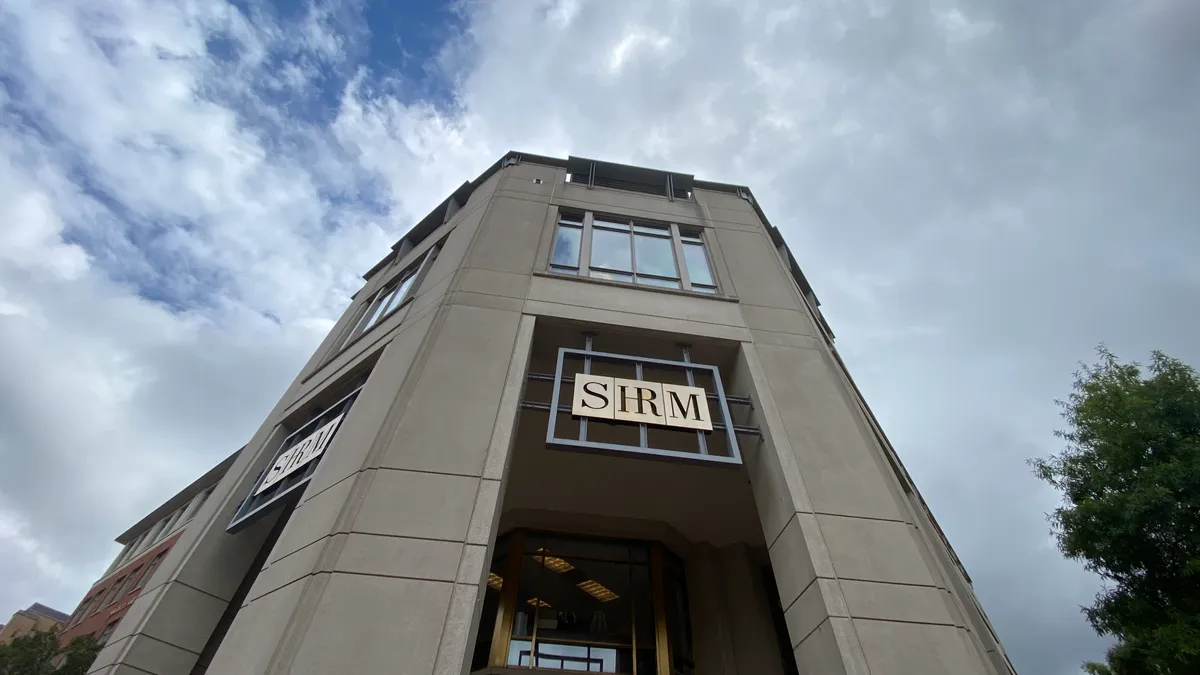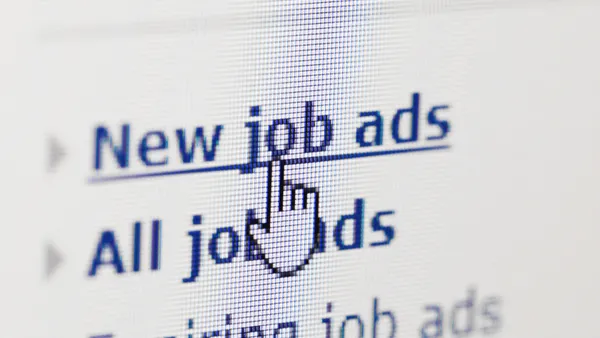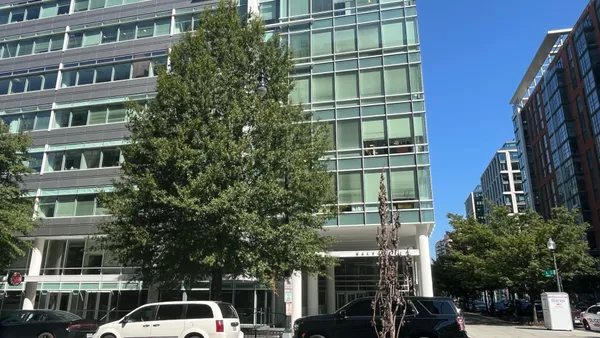Dive Brief:
- HR professionals will play a key role in helping organizations and their employees cope with the expected surge of retiring workers over the next few years, an Aug. 9 report from McLean & Co. said.
- The report outlined a three-phase approach to succession planning. The first phase, pre-retirement, is involves forecasting workplace needs and preparing employees for retirement, such as identifying critical roles, inventorying skills and holding planning information sessions. The second phase, peri-retirement, begins after an employee has announced their retirement; it includes preparing employees for their exit and ensuring the smooth transfer of knowledge. In the third phase, post-retirement, HR focuses on successful offboarding, maintaining relationships with alumni employees and keeping alumni engaged.
- “There is a common misconception that the relationship between an employee and the organization ends when the employee retires,” LynnAnn Brewer, McLean’s director of HR research and advisory services, stated in a press release. But continuing to engage alumni post-retirement offers “organizational benefits, including increased brand awareness, access to desirable talent pools and support for strategic goals and objectives,” Brewer said.
Dive Insight:
Succession planning isn’t new. But the changing business and labor market dynamics of the past few years, such as the rush of voluntary exits disrupting plans for developing internal talent, have led HR and organizational leaders to shift their focus, research has indicated.
Strategists are looking beyond planning for short-term emergencies to securing business continuity over the long-run, according to the research. Although employers may differ over how to identify internal candidates to succeed exiting employees, HR observers seem to agree that whatever steps are taken, effective succession plans require revision over time.
Plans should follow a roadmap, focused on specific quarterly actions, such as relationship-building, leadership development and executive education for emerging leaders, an HR exec previously told HR Dive. Mentorship — one of the steps McLean advises after an employee announces their intent to retire — may be critical to the transition, she said.
There’s no perfect formula when it comes to timing. Circumstances change, so plans have to as well, the HR exec added. Effective transitions happen over at least a year, she noted. In her case, executives found that two to three years was ideal for an orderly and well-thought-out transition to her successor.
The McLean report highlighted another potentially beneficial strategy: maintaining relationships with retired workers, which provides the organization with access to an otherwise untapped and ever-growing talent pool, experts have said.
On average, 10,000 people reach retirement age each day, according to an AARP report. These tend to be people who are highly qualified and eager to work, according to experts.













